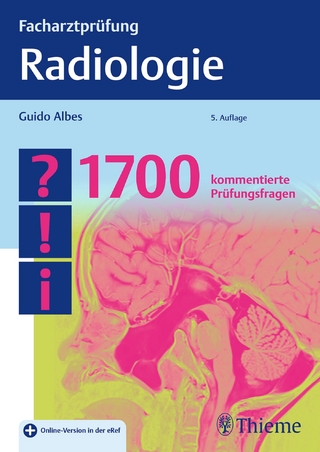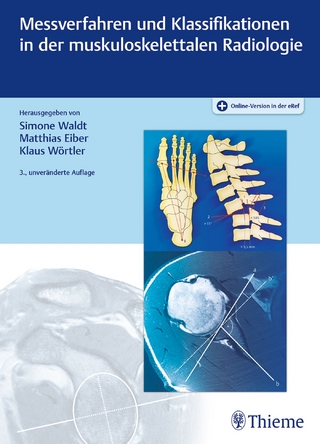
Telepathology
Springer Berlin (Verlag)
978-3-642-64235-7 (ISBN)
Dr. rer. nat. Dr. med. Dr. h.c. mult. Klaus Kayser, geb. 1940, ist Professor für Pathologie und Epidemiologie an der Universität Heidelberg und an der Universität Berlin, Campus Charité. Studium der Physik und Medizin an den Universitäten Göttingen und Heidelberg, Direktor des Telepathologie-Konsultationszentrums der Union International contre le Cancre (UICC TPCC); zahlreiche wissenschaftliche Veröffentlichungen auf dem Gebiet der Physik, Medizin und Pathologie.
Theoretical Background.- History of Telemedicine and Telepathology.- Electronic publication in Pathology.- Telepathology, a Branch of Telemedicine.- Technologies for telemedical services with emphasis on telepathology.- The technological future of pathological diagnostic procedures.- Telepathology as a field of science.- Telepathology on the Internet.- Prospects of Development.
| Erscheint lt. Verlag | 23.8.2014 |
|---|---|
| Zusatzinfo | XIII, 186 p. 65 illus., 12 illus. in color. |
| Verlagsort | Berlin |
| Sprache | englisch |
| Maße | 155 x 235 mm |
| Gewicht | 329 g |
| Themenwelt | Medizinische Fachgebiete ► Radiologie / Bildgebende Verfahren ► Radiologie |
| Studium ► 2. Studienabschnitt (Klinik) ► Pathologie | |
| Schlagworte | Development • DNA • Histology • Medicine • Pathology • quality • Quality assurance • telemedicine |
| ISBN-10 | 3-642-64235-7 / 3642642357 |
| ISBN-13 | 978-3-642-64235-7 / 9783642642357 |
| Zustand | Neuware |
| Haben Sie eine Frage zum Produkt? |
aus dem Bereich


